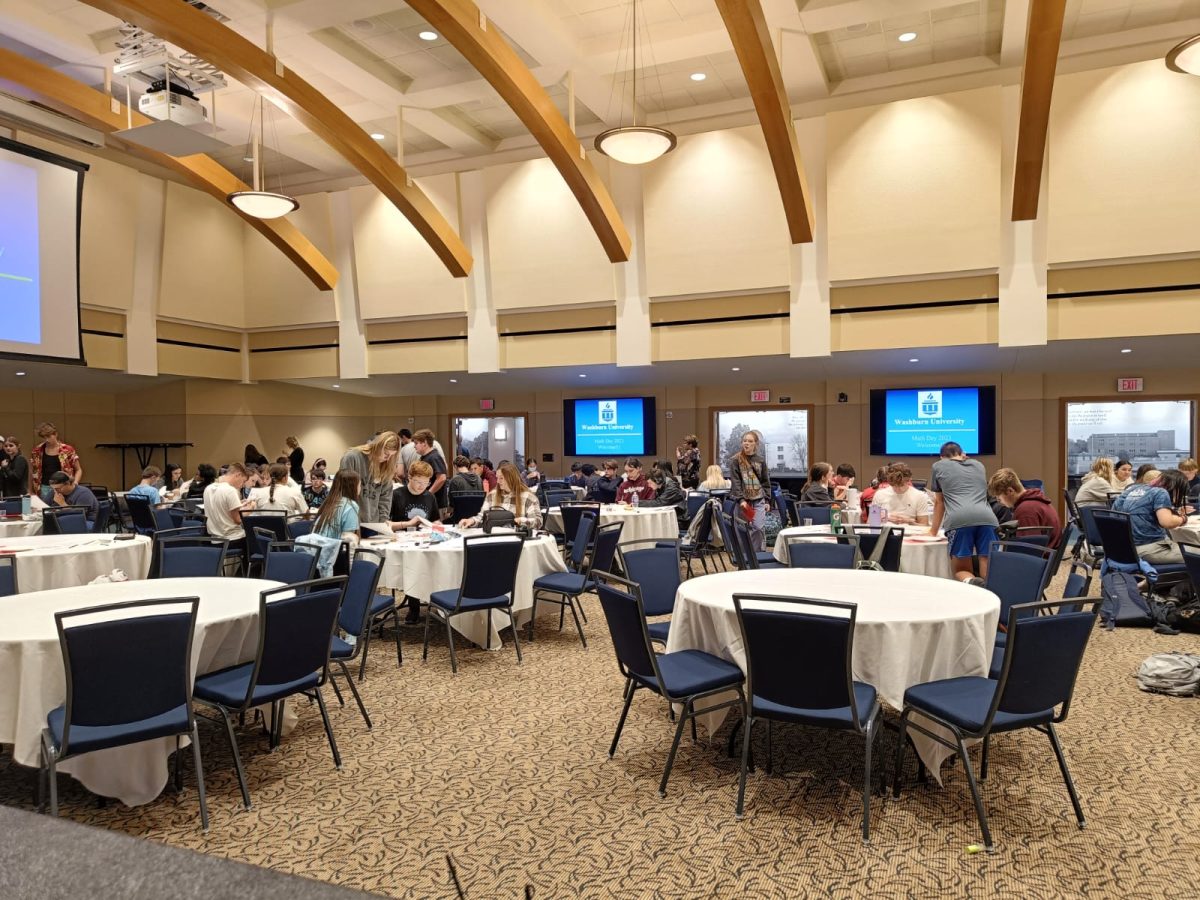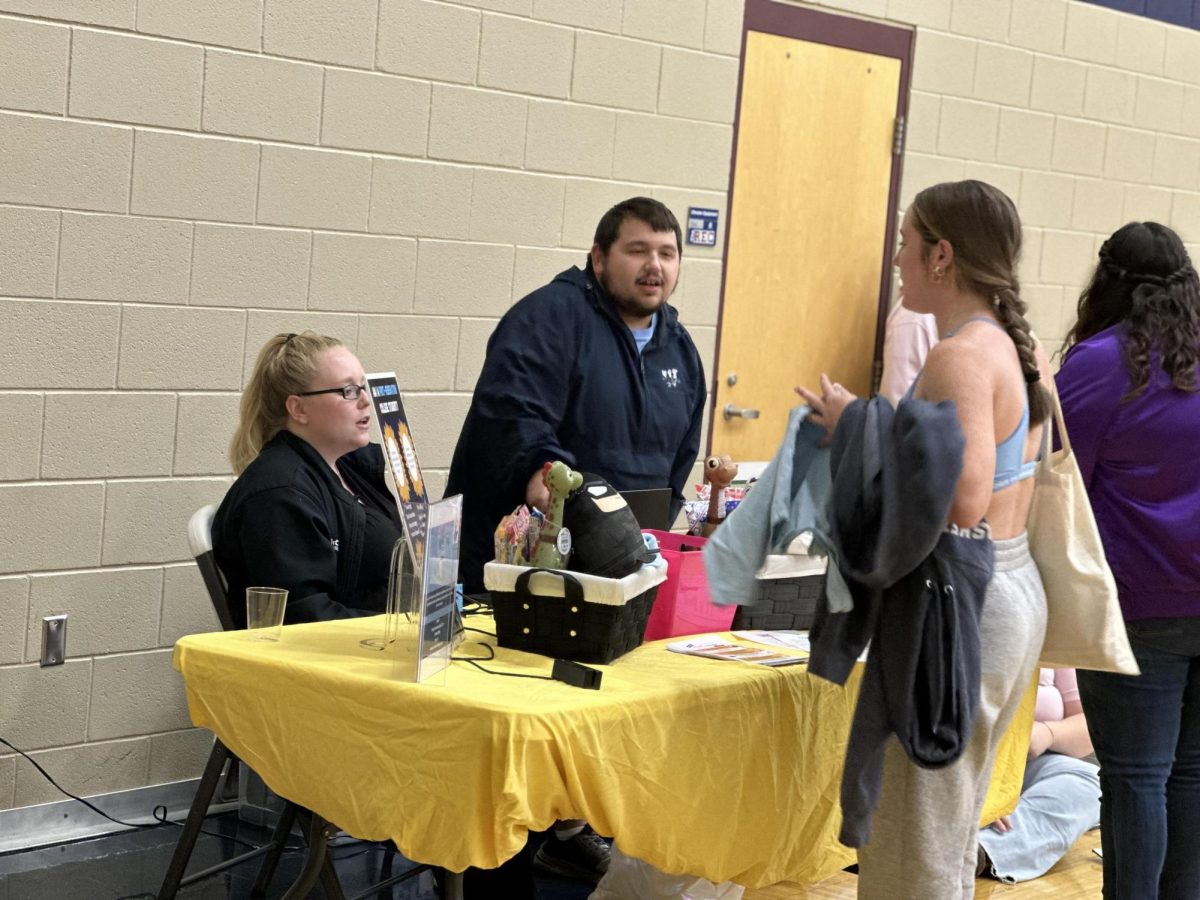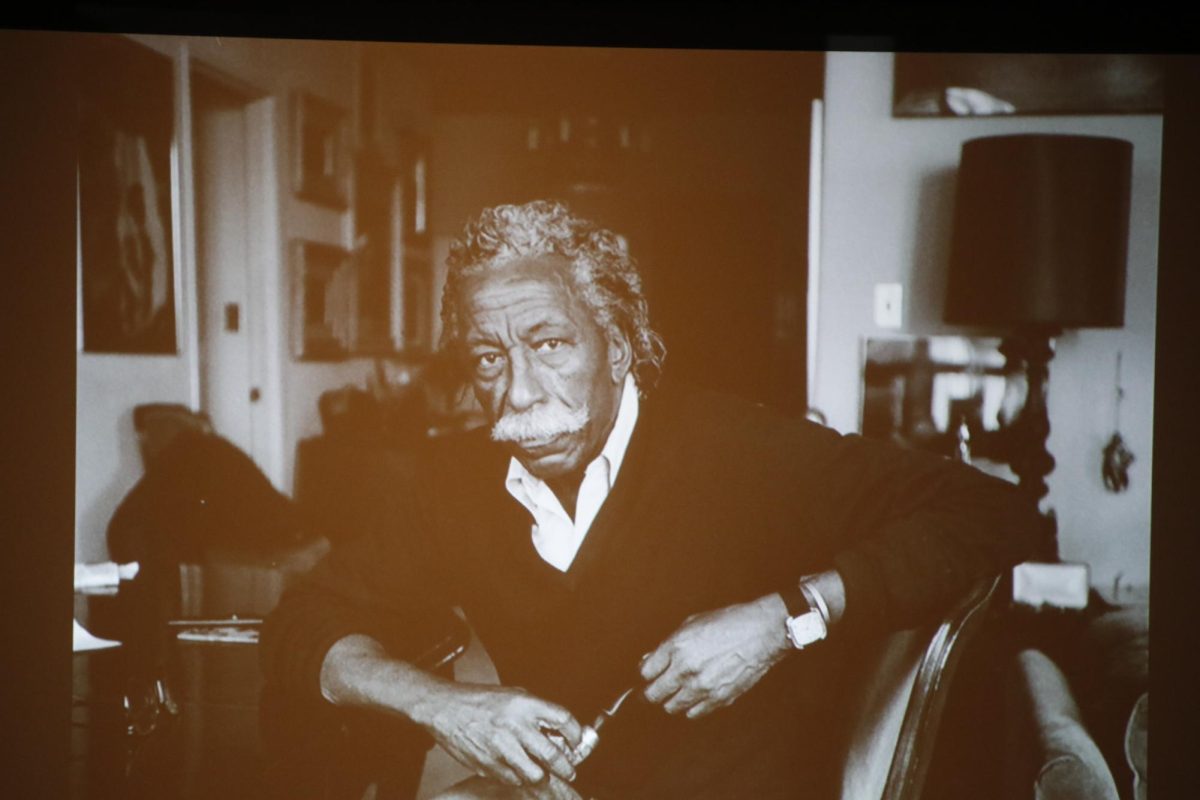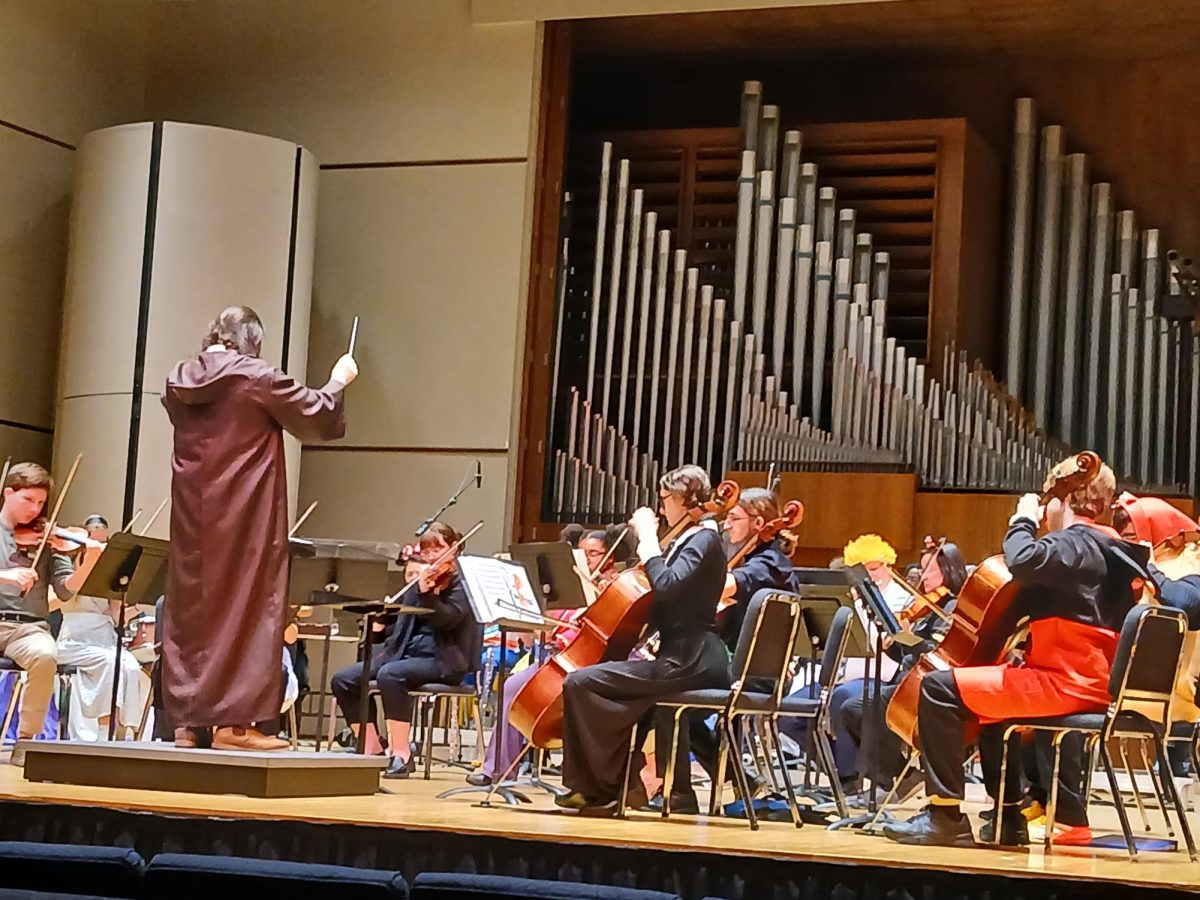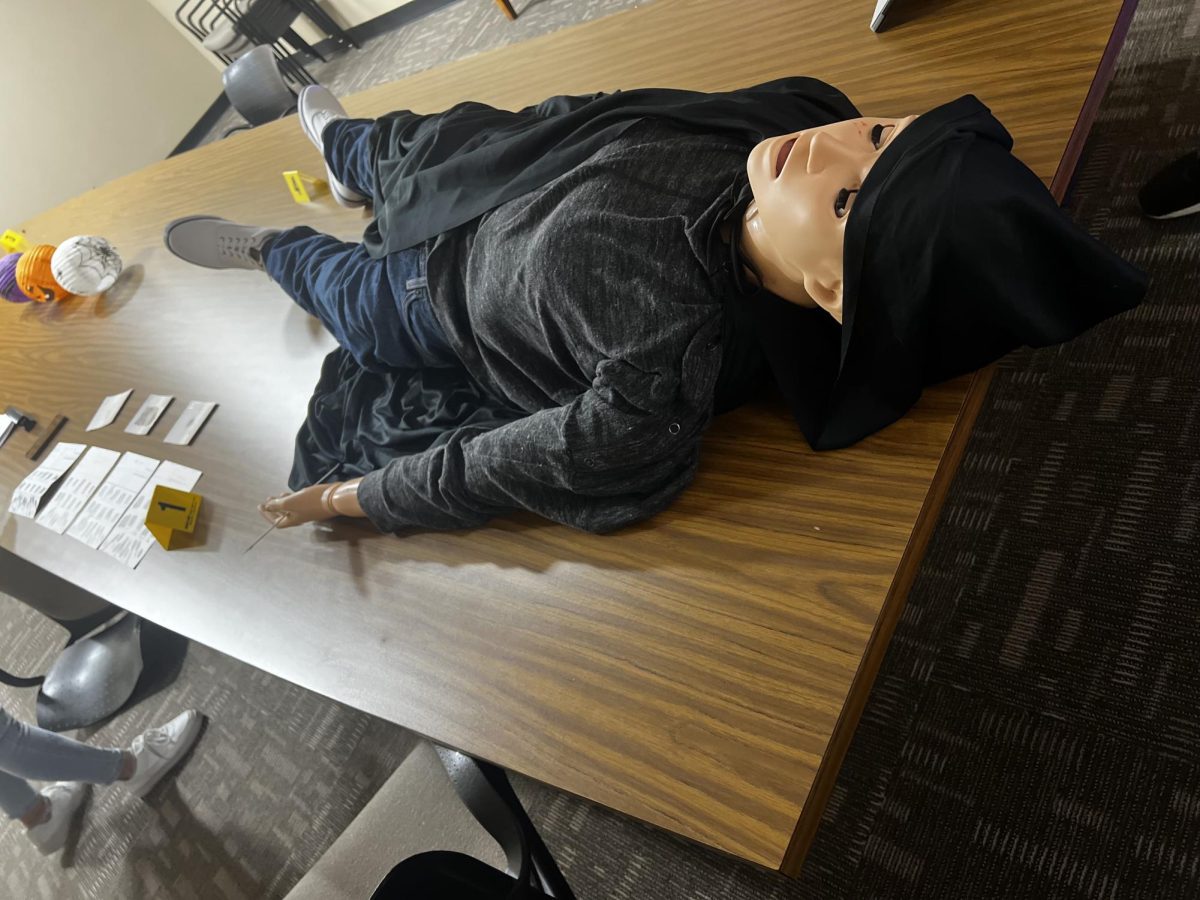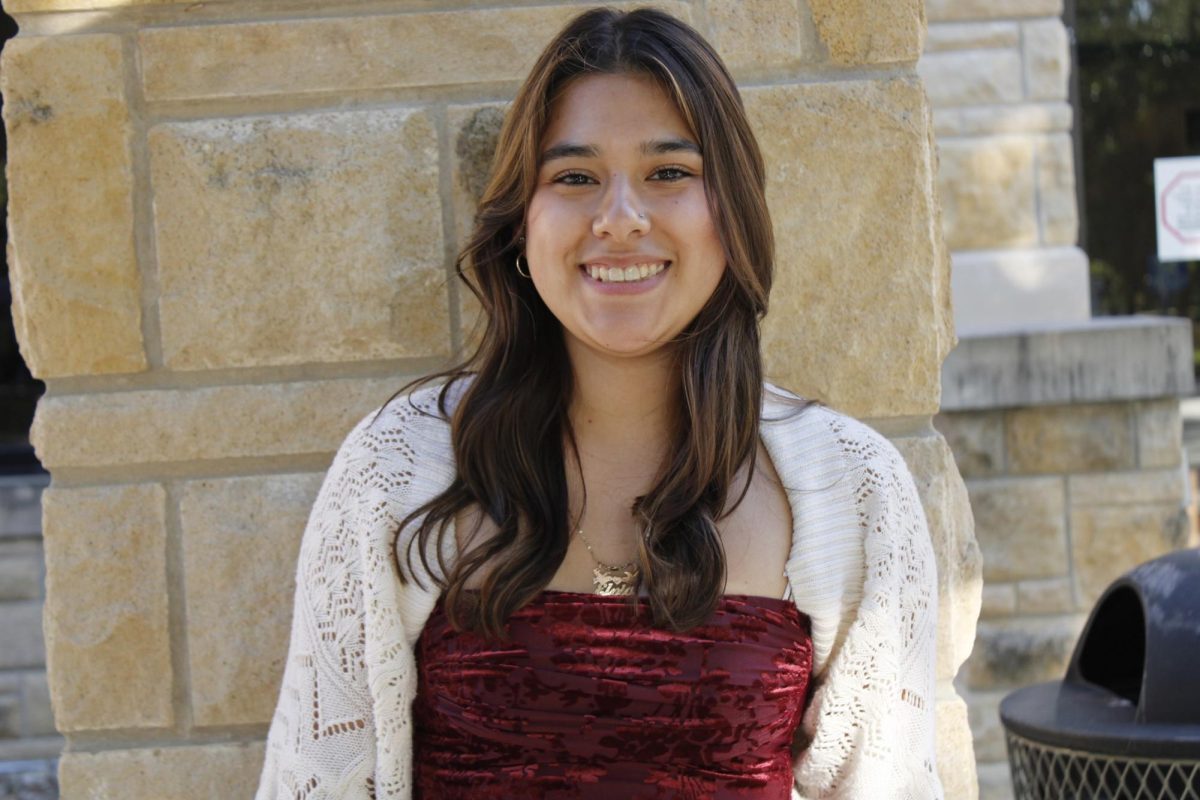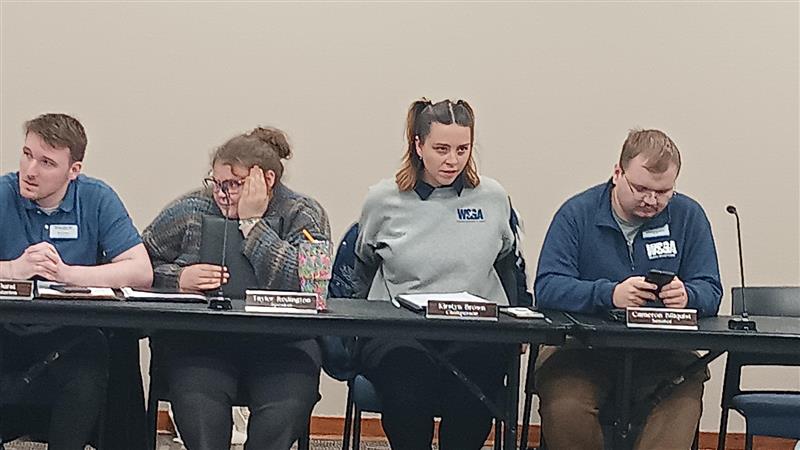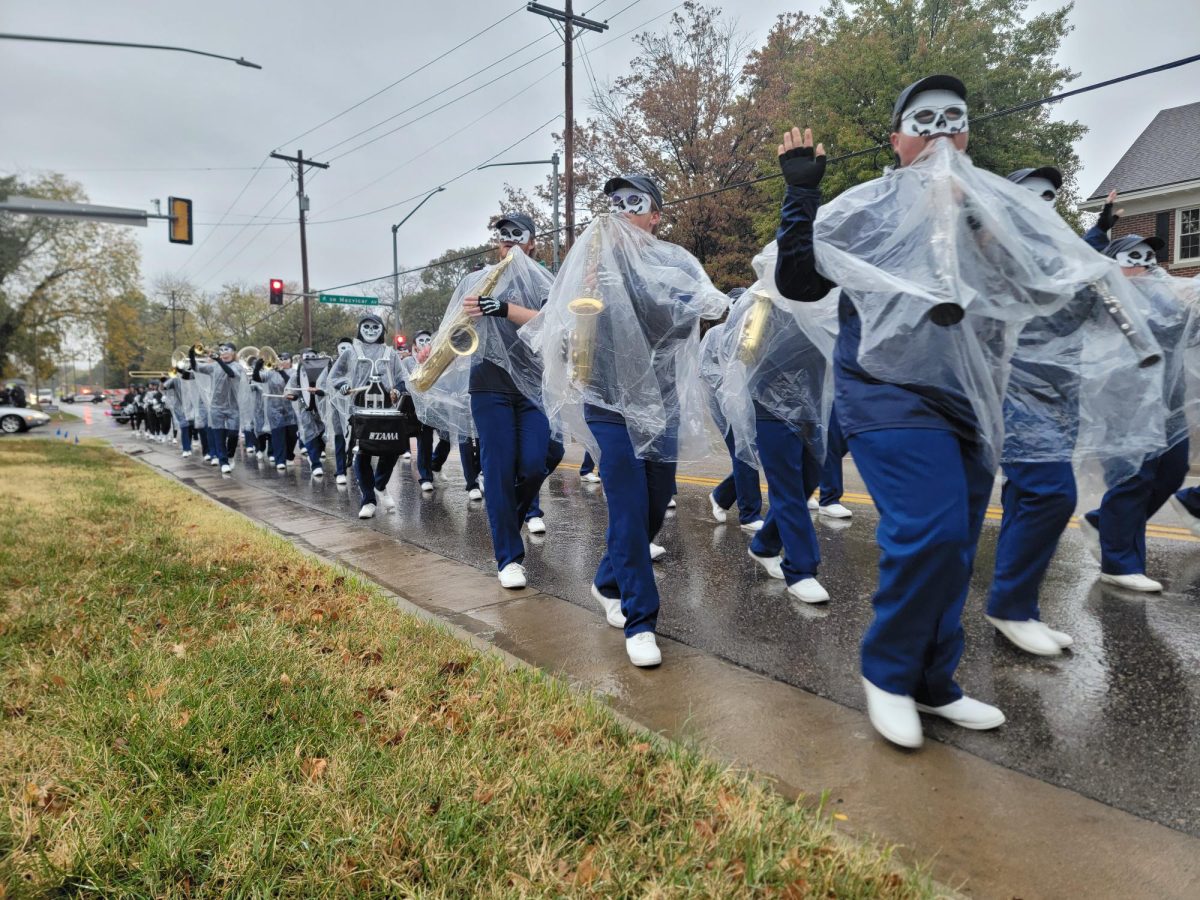On Tuesday, Nov. 14, 2023, Washburn University organized Math Day in the Washburn A/B Room.
More than 20 high school students came from Topeka and Lawrence to enjoy the event on the Washburn campus. The event started at 8:15 a.m. with the registration of different schools, and four to five students representing each school.
From 9:30 to 11 a.m., there was a meeting with a sponsor, and then right after the meeting, all the students gathered in Henderson 100 for a collective exam. This exam was connected with two scholarships of $1,000 each that the students could win.
After the exam, all the students had a lunch break provided by Washburn. There was pizza, cold drinks and cookies. There were also volunteers to help the students with guidance; one of these volunteers was Samantha Winzer, freshman mathematics major.
“I like volunteering for Math Day because I believe to achieve or learn from the experience of others,” Winzer said.
Volunteering also teaches valuable skills, such as communication, teamwork, problem-solving and leadership, that helps in academic and professional development.
“We have an incredible team of colleagues from the department and the university who work together to make Math Day a great success,” said Guannan Hu, assistant professor of statistics and actuary science.
The main event was the Magnificent Math Puzzle Race. Each school was given a packet in which there were scissors, paper and instructions to make the shapes. Students had to complete the four different solid shapes, the first to finish wins.
Gaspar Porta, associate professor of mathematics and statistics, was in charge of the race. Porta’s design of the puzzle was about Archimedean solid. In geometry, an Archimedean solid is one of 13 convex polyhedra whose faces are regular polygons and whose vertices are all symmetric to each other. Making those Archimedean solids helped the students develop spatial reasoning, gain a deeper intuition of symmetry and geometric patterns.
Then it came to the award ceremony, the most anticipated moment of the event. The first four schools to complete the race were awarded medals. The scholarships are drawn randomly from the admission card submitted by the students during the Math Day, so everyone had the chance to win.
“It is a fantastic experience. I think the students enjoyed making the Archimedean solid during the mathematical race, and had a lot of fun during the award ceremony,” Hu said.
Archimedean solids are made of regular polygons, therefore all edges have the same length. There are 13 Archimedean solids (not counting the elongated square gyrobicupola; 15 if the mirror images of two enantiomorphs, the snub cube and snub dodecahedron, are counted separately).
“There are more innovative approaches or activities we are planning to incorporate into future Math Day events,” Porta said.
The department of mathematics and statistics wrapped up the stage with the promise to celebrate the math day again next year with more fun math activities.
Edited by Sydney Peterson and Jayme Thompson



